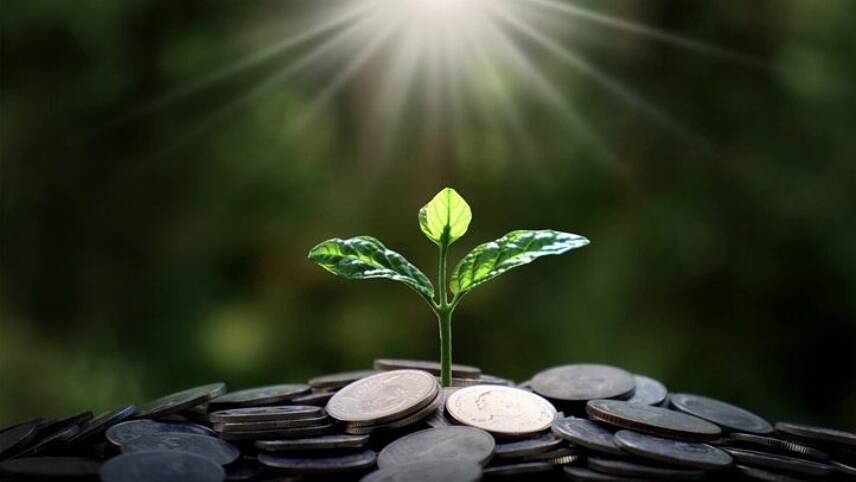Register for free and continue reading
Join our growing army of changemakers and get unlimited access to our premium content

When it comes to creating and actioning net zero transition plans, there’s one group that must not be lost in the detail: customers. At Phoenix Group we know that 80% of our customers are concerned about climate change, and most believe it’s important that we invest on their behalf in a responsible and sustainable way.
With 12 million customers, we’re the UK’s largest long-term savings and retirement business and our customers’ concerns over how savings are invested are held by many people across the country. So as institutional investors and assets owners like us look to decarbonise financed emissions, it’s essential customers, their savings and their concerns are placed front and centre of plans.
The bottom line: the role of long-term investments in decarbonising the economy
We know the long-term savings industry has a vital role to play in the transition to net zero. The question is, how do we do that on behalf of our customers?
At Phoenix, we intend to use our size and scale to take action that drives real economy decarbonisation – and we’ll encourage others to do the same.
With more collective productive investment, mandatory net zero transition plans, and more supportive market, policy and regulatory conditions, long-term savers can all benefit from the better risk management and growth opportunities that the transition presents.
After all, the way we see our role and purpose is simple: we invest and manage assets on behalf of our customers, to help them secure a life of possibilities.
Putting customers front and centre
Everything we do places customer interests front and centre, and as we decarbonise, our focus is on managing risk and helping to maximise the opportunities of climate change for our customers. Over the past two years we have invested £0.7bn of our capital in climate solutions, and we’re committed to increasing our investment in climate solutions where regulatory and market conditions allow and where they deliver good outcomes for our customers.
In fact with the necessary conditions, such as the right regulatory framework and access to transformative investment projects that offer an attractive returns profile, Phoenix could invest up to £40bn over the long term sustainable and/ or productive assets to support economic growth, levelling up and climate change.
Taking customers on the journey with us
Last month we were proud to publish our own Net Zero Transition Plan, an important milestone in our journey to being a net zero business by 2050 or sooner.
Our plan is built on science-based targets, is in line with the latest industry guidance from the Transition Plan Taskforce and Glasgow Financial Alliance for Net Zero, and outlines the actions we are taking within our full investment portfolio (which accounts for 99% of our emissions), supply chain and operations.
Our plan explains how we’re making good progress towards achieving our 2025 interim targets, which will see us reduce the carbon intensity of around £160bn listed equity and credit assets by 25%. It also sets out our aim to reach 1.5 million customers this year, raising awareness about the impact of their investments – and bringing them on the decarbonisation journey with us.
Driving wider system change
However, we know that we cannot deliver net zero alone. In particular, as we move beyond our near-term targets, we will become increasingly dependent on action from government and high-emitting sectors. That’s why we’ll be collaborating and playing an active role in driving forward the wider system changes that will be necessary to be a net zero economy by 2050. And by establishing the right policy, regulatory and market conditions, we can help to ensure that delivering net-zero remains aligned with our customers’ interests.
In summary, by placing our customers at the heart of our net zero transition plan, we can simultaneously play our part in tackling climate change and continue to help our customers secure a life of possibilities.



Please login or Register to leave a comment.